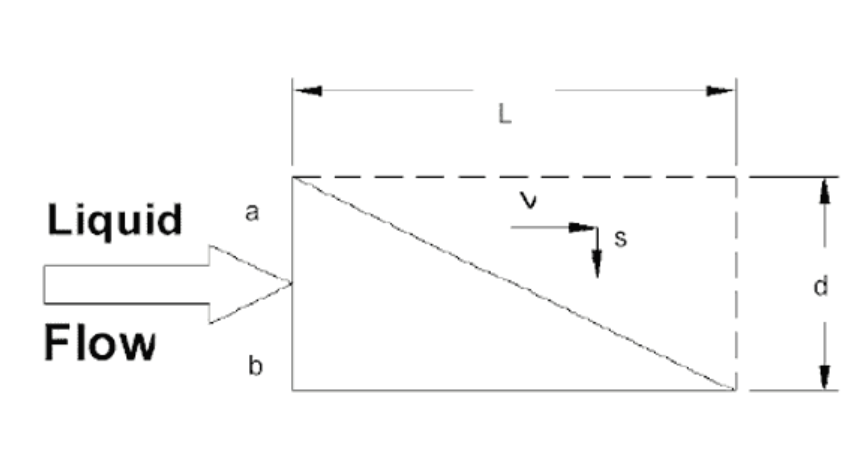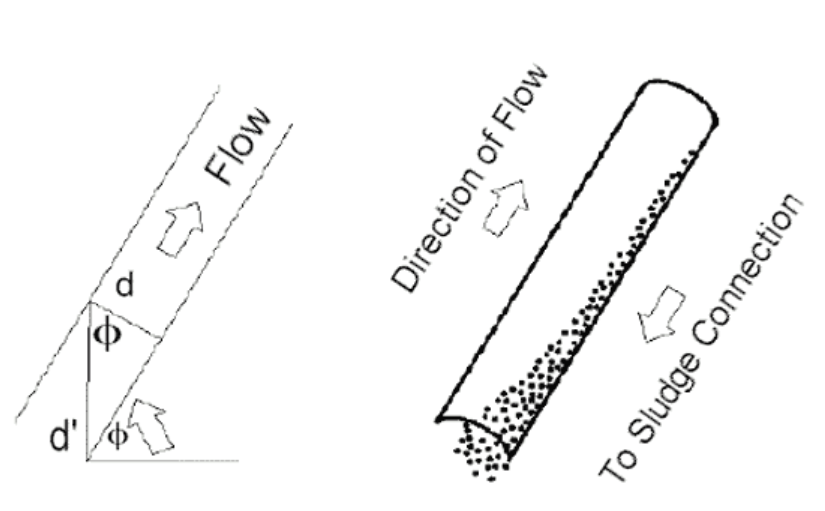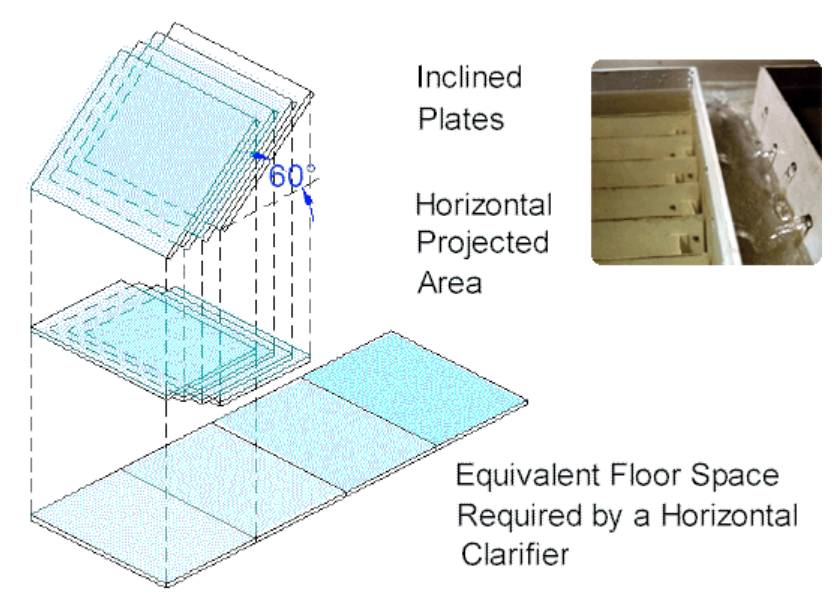I. Introduction
Shizhuyuan metal ore is rich in valuable elements tungsten, molybdenum, bismuth and fluorite and other large polymetallic deposit. The ore body is thick and concentrated, and it is divided into four ore belts I, II, III and IV from top to bottom. Among them, the middle part of the III ore belt is a Yunying-skarn type ore with a high grade of valuable elements, called the rich ore section, which is the target of mining and treatment in the early stage of the mine and for a long time in the future.
Prior to the design, the Shizhuyuan Mine has three production plants, using fatty acid agents as tungsten flotation collectors, and the main ore flotation process to treat the ore-rich ore-rich ore with a total treatment capacity of 800 t/d. The indicators are different, and it is better to choose 200t/d.
Second, the nature of the ore
#矿带富矿段 Ore is skarn-yunyingyan tungsten-molybdenum ore. The main tungsten minerals are scheelite , wolframite , illusion, semi-artificial wolframite and a small amount of tungsten. The ratio of scheelite to wolframite is 7:3. The strontium mineral is mainly stibnite. The molybdenum mineral is mainly molybdenite. The fluorine-containing mineral is fluorite. The main gangue minerals garnet, quartz, feldspar, white mica.
The useful minerals in the ore are unevenly embedded in fine particles, which are densely symbiotic with each other and difficult to separate. Determined by microscope: the average particle size of stibnite is only 0.010mm, the average particle size of scheelite is 0.028mm, the average particle size of scheelite is 0.03mm, the average particle size of molybdenum is fluorite The average particle size was 0.078 mm. Through the determination of mineral monomer dissociation degree and beneficiation fineness test, it is beneficial to comprehensively recover the optimum grinding fineness of four minerals of tungsten, molybdenum, niobium and fluorite to -0.074mm and account for 90%. The results of multi-element chemical analysis of raw ore are listed in Table 1.
Table 1 % of raw ore chemical analysis results

Third, mineral processing test research
The value of tungsten in ore accounts for more than 50%. Due to the symbiosis of black and white tungsten, it is difficult to recover the ore. Through the "Eighth Five-Year Plan" scientific and technological research, we have mainly established two major types of test programs: "mainly heavy-floating and main-floating". Both major types of trials have carried out small trials, expanded continuous trials and industrial trials. The test indicators are listed in Table 2 and Table 3.
Table 2 % of main dry-floating process industrial test results

Fourth, the design and implementation of mineral processing technology
The III ore belt is rich in various valuable elements such as tungsten, molybdenum, niobium and fluorite. The design mainly considers the separation and recovery of four ores of tungsten (black tungsten and white tungsten), molybdenum, niobium and fluorite.
The molybdenum and antimony ore are mainly in the form of sulfide ore such as molybdenite and stibnite, and the qualified concentrate is obtained by conventional flotation. The recovery of tungsten ore is due to the symbiosis of black and white tungsten, which is difficult to coexist with fluorite, calcite and calcium-containing garnet. Different process schemes have significant differences in the recovery of tungsten. Therefore, the key to the beneficiation process design is the selection and design of the tungsten ore sorting process.
(1) The main floating process plan is a major breakthrough in floating tungsten technology.
In 1996, the main full float process industrial test achieved good indicators. The results are shown in Table 3.
Table 3 % of industrial test results of trunk full float scheme

From the table (it is known that except for the black tungsten concentrate recovery rate is lower than the main gravity-floating process industrial test index, the other concentrate recovery rate is higher than the latter.
The key to achieving good indicators in the main floating process is the application of new tungsten-loading agents. The test shows that the new agents CF and GY have good collection performance for black and white tungsten minerals under natural pH conditions, and have the advantages of high concentrate grade and high recovery rate, and at the same time, the fluorite recovery tailing water treatment and Product dewatering operations also bring convenience. It also has a series of advantages such as simple process, centralized concentration of valuable elements, less number of sorting operations, less equipment, small plant area, low investment, and convenient operation and management. To this end, the CF method and the GY method are a major breakthrough in the traditional tungsten-selecting technology, providing a technical basis for the process design of the 1000t/d plant.
(II) Process design of trunk heavy-floating process transition to trunk full float process
Although the CF and GY new agents achieved breakthroughs in floating tungsten technology during the test, when the 1000t/d plant was designed, the new agent has not been promoted and applied in the production of tungsten plant, and it needs to be improved and improved. To this end, the beneficiation process design can not be completed in one step, directly using the full flotation process.
In order to ensure the recovery rate of tungsten minerals, especially black tungsten minerals, the traditional re-election method is considered in the design. In the grinding circuit, a simple re-election operation is used to recover part of the coarse-grained monomer tungsten, and the fine-grained part is floated. The fatty acid is used as a collector of tungsten ore for sorting and recycling. From the industrial test indicators, this heavy-floating process is not as good as the full float process, but it is to improve the recovery rate of black tungsten after being put into production under certain conditions, and to be the final transition when conditions are ripe. The simplest and most effective process measures created by the full float process. The main gravity-floating process design is shown in Figure 1.

Figure 1 Main dry-floating process
When the conditions are ripe, in order to smoothly realize the transition from the main gravity-floating process to the main floating process, the following considerations have been made in the process design of the process design:
1. Simplify re-election. That is, the full-closed process of re-election and grinding of the industrial test is changed to the semi-closed process of the return of the spiral chute, so as to reduce the number of re-election equipment , plant area and water and electricity consumption. In addition, the former heavy sulfide ore mixed concentrate is incorporated into the mixed concentrate in the main flotation process to carry out the separation operation.
2. Enhance the adaptability of the grinding circuit. Practice has proved that the use of grinding and fine screen closed circuit is more conducive to the re-election of the grain size assurance, while the design still uses the mill and the spiral classifier closed circuit; to ensure the stability of the classification, but also to adapt to the future main floating process Requirements.
3. Considering the independence of the plant from the configuration, the former heavy equipment is centrally disposed in a factory to reduce its impact on the main flotation operation.
4. Simplify the black tungsten fine mud sorting process and use fine mud flotation new agent to ensure the grade and recovery rate of black tungsten concentrate.
The process design indicators for the main gravity-flotation process are listed in Table 4.
Table 4 Main dry weight - flotation process design indicators%

(3) Implementation of the main floating process
Considering the beneficiation process, the implementation of the main gravity-floating process can solve the problem of over-grinding of tungsten ore due to multiple grinding classification, achieving the purpose of early harvesting and over-collection of tungsten ore and increasing tungsten recovery rate. However, due to the large amount of mines that were roughed before entering, the re-election line was long, and the total amount of equipment needed for the entire front was large. The equipment occupied by the equipment was large and the investment cost was high. At that time (1996), Party A raised funds. Faced with a large gap, the heavy-floating beneficiation process is difficult to complete and put into production at one time. After deliberation with Party A and the relevant units, the construction of the main phase will be carried out in stages, that is, the main flotation process will be implemented first, and the construction will be suspended in the former part. Its purpose is: 1, can alleviate the shortage of funds; 2, can shorten the construction period, put into production as soon as possible, early benefits; 3, provide new mineral processing conditions for the new pharmaceuticals to be put into production as soon as possible. However, the research on new tungsten flotation reagents from 1997 to 1998 has made new progress. Therefore, the main floating process of the final production of 1000t/d plant is shown in Figure 2.

Figure 2 1000t/d plant production process
Fifth, production practice
The 1000t/d plant of Shizhuyuan was completed in October 1998. It has been successfully tested and has been produced normally. The recovery rate of tungsten has exceeded 200t/d, which is close to the design index. The production index of 1000t/d is listed in table.. Fluorite is not recycled yet.
Table 5 Production index of 1000t/d plant selection

Conclusion
1. The CF method and the GY method of floating tungsten technology are major breakthroughs in the traditional heavy-floating process. With the continuous development and advancement of science and technology, the new pharmaceuticals CF and GY will provide a broader development prospect for the flotation of tungsten.
2. Practice has proved that the process design of the 1000t/d plant is successful and advanced.
3. With the continuous improvement of the production technology level and the continuous improvement of the pharmaceutical system, the production index of the 1000t/d plant will soon reach or even exceed the design index.
Feiyiya Inclined Plate Clarifiers Use Gravity & Innovative Engineering
A gravity clarifier is the most economical method of removing solids from liquids, using natural gravity as the source of energy and it is free. A clarifier simply provides a non-turbulent zone where heavier than liquid solids, suspended by turbulence, are given sufficient time to settle to a quiescent surface. The HEI inclined plate clarifiers are compact units with multiple layers of settling area utilizing less than 25% of the floor space required by conventional clarifiers.
Principle of Clarifiers
A particle carried forward by the velocity of the liquid flow must settle at a rate that allows it to reach the bottom before passing through the clarifer. Thus, particles beginning at a point [a" must traverse some route lying between ab and ab` in order to avoid being carried over the outlet.

If V is the horizontal velocity of the liquid, S the solids particle vertical settling velocity, L the length of the settling device, and D its depth, then particles entering at point A will settle to the bottom of the device only if V does not exceed: S(L/D)Since Vmax / S = L / D then, Vmax = S (L / D)
Therefore, the velocity at which a horizontal clarifying device may be operated successfully is directly proportional to its length and inversely proportional to its depth.
This analysis applies to multiple horizontal plate units also. The spacing between plates is usually a few inches as opposed to a depth of several feet in a horizontal tank; therefore, [settling-out" times are dramatically reduced. The flow must be non-turbulent to prevent settled solids from being re-entrained within the moving liquid. Small plate spacing and a large surface area permits laminar flow at higher velocities than large horizontal tanks would allow.
Horizontal clarifying devices become self-flushing if they are inclined at an angle which exceeds the angle of repose of the settled solids. In such cases, flow enters the lower end of the device where settling particles move to the floor eventually sliding back out the entrance. Clear effluent leaves the top of the device.
 However, when the device is inclined, the furthest settling particles no longer fall through distance D but some longer distance D`. This new longer settling distance D` is related to D by the relation: D = D` cos Ø.
However, when the device is inclined, the furthest settling particles no longer fall through distance D but some longer distance D`. This new longer settling distance D` is related to D by the relation: D = D` cos Ø.
Theta [Ø" is the angle, the device is inclined to the horizontal plane. Thus settling distance is increased by the factor: 1/cos Ø In the case where Ø = 60º, 1/cos Ø = 2.
The maximum settling distance is twice the distance between the plates. It is apparent then that the lower the angle of inclination, the smaller the settling distance. However, the angle of inclination must exceed the angle of repose of the solids to be separated. The previous equation may be modified to express the cosine of an inclined plate clarifying system as:
Vmax = L / (D / cosØ) (s) = L·cosØ / D (s)
Inclined Plate Clarifiers
A reduction of the required floor space is acquired by diminishing the separation between the horizontal plates to a few inches and stacking the settling surfaces. Inclining the plates to provide self flushing, 45º for heavy particles and 60º for light particles, reduces the available horizontal projected area (effective settling area) by a factor equivalent to the cosine of the angle. The surface area diagram (below) graphically compares the floor space requirements of an HEI inclined plate clarifier with the equivalent horizontal projected settling area.
Settling Rate
The settling rate for a specific solids should be determined by standard laboratory tests. Light particles, such as metal hydroxides, usually require a design parameter of 0.25 – 0.50 gallons per minute per square foot of horizontal projected area. These low density solids require the inclined plates to be set at a 60º angle to induce the particles to slide down the plate. Heavier particles (such as sand that easily flow) will readily slide from plates set at a 45º angle.

Maximum flow rate of an inclined plate clarifier is based on the flow rate per unit of a horizontally projected surface area. Retention time in the clarifier is not a design criteria. However, attaining optimum performance requires the prudent design to recognize several additional, very important factors.
Inclined plate clarifier, Lanmei inclined plate clarifier, Inclined Tube Settler,High-Efficiency Inclined Tube
Wuxi Feiyiya Environmental Protection Technology Co., Ltd. , https://www.feiyya.com